Moonriver [Korea Quality] / 문리버펜션 [한국관광 품질인증]
17.5 Km 221 2024-04-07
289-4 , Gucheondong-ro, Muju-gun, Jeonbuk-do
+82-63-322-7009, +82-10-2004-0738
Moon River Pension in Muju-gun, Jeollabuk-do, is an eco-friendly log-built pension on the edge of the majestic Deogyusan Mountain. In summer, guests can sit at an outdoor table or play in the cool river, or take an evening stroll through Gucheondong Valley and likely meet fireflies. Deogyusan National Park and Muju Resort are 5-10 minutes away by car, and Taekwondo Park just 20 minutes away. The nearby Baekdudaegan Ecological Education Center in Geochang, with its Forest Experience Center for children, is great for families with youngsters.
Wine Korea (와인코리아)
18.4 Km 0 2024-03-15
662 Yeongdonghwanggan-ro, Yeongdong-eup, Yeongdong-gun, Chungcheongbuk-do
+82-43-744-3211
Wine Korea stands out as Korea's unique winery restaurant, distinguished by its commitment to producing fine wine from grapes cultivated in its own vineyards. The establishment's culinary highlight is the wine sukseong samgyeopsal, an exquisite dish featuring grilled pork belly marinated in wine. The menu also boasts other delectable options such as ori hunje (smoked duck) and wine dongaseu (wine pork cutlet). Guests have the opportunity to pair their meals with a wine tasting session. Following a satisfying meal, visitors are invited to explore the wine gallery and engage in unique activities such as wine foot bathing.
Wine Korea (와인코리아)
18.4 Km 32095 2019-10-05
662, Yeongdonghwanggan-ro, Yeongdong-eup, Yeongdong-gun, Chungcheongbuk-do
+82-43-744-3211
Wine Korea is the only winery in Korea that has a vineyard and produces wine products with its own brand. Opened in 1995, the winery expanded its facilities in 2001 to become an all-in-one stop. Visitors can tour the winery, wine gallery and cellar, taste-test various wines, or enjoy a footbath as part of the many programs available. The winery also has a connection with KORAIL, operating the special wine-themed train.
Hyangjeokbong Peak (Deogyusan Mountain) (향적봉(덕유산))
18.5 Km 41099 2024-04-07
1 Deoksan-ri, Anseong-myeon, Muju-gun, Jeonbuk-do
Hyangjeokbong Peak, standing at an elevation of 1,614 meters, is the highest peak of Deogyusan Mountain. It is an ideal destination for hiking year-round, but particularly renowned for its breathtaking winter scenery, earning a reputation as a popular spot for snow-covered mountain hikes. Visitors can reach the summit of Hyangjeokbong Peak by taking a gondola from the nearby Muju Resort to Seolcheonbong Peak, then embarking on a roughly 20-minute hike from Seolcheonbong Peak. Even beginners can enjoy the fantastic views of Deogyusan Mountain without much difficulty, contributing to its popularity.
Muju Baengnyeonsa Temple (백련사(무주))
18.6 Km 6589 2024-04-07
580, Baengnyeonsa-gil, Muju-gun, Jeonbuk-do
+82-63-322-3395
Baengnyeonsa Temple is located in the upper part of Gucheondong Valley on Deogyusan Mountain. It is said that during the Silla Kingdom, a white lotus flower bloomed here, and that's why the temple is called Baengnyeonsa (lit. White Lotus Temple). The temple is the only remaining temple out of 14 that were built in the Gucheon-dong area of Muju. After walking over Baengnyeongyo Bridge at the entrance of the temple, you will come to a stone stairway. At the top is the main sanctuary. The majesty and beauty of the main sanctuary is well complemented by the mountains. The Mokjosamjonbul Stone Buddha within the main building is presumed to have been built in the latter half of the Joseon dynasty. Past Myeongbujeon is Baengnyeonsa’s Sajeokbi tombstone, and the workmanship of the carved calligraphy is very highly regarded.
The Thirty Three Sights of Mujugucheondong Valley (무주 구천동 33경)
18.6 Km 101945 2024-04-07
580 Baengnyeonsa-gil, Seolcheon-myeon, Muju-gun, Jeonbuk-do
The Thirty Three Sights of Mujugucheondong Valley refers to thirty three scenic spots along the route from Seokmo Mountain's Rajetongmun Gateway to Baengnyeonsa Temple on Deogyusan Mountain. Visitors can witness spectacular rock formations and rare flora and fauna in the primeval forest. It's recommended to explore from the sight 1 Rajetongmun Gateway to the sight 14 Sugyeongdae Valley as a driving route, while exploring from the sight 15 Wolhatan Valley to the sight 33 Hyangjeokbong Peak as a trekking route.
Yeongdong Yeongguksa Temple (영국사 (영동))
18.9 Km 24003 2022-12-27
225-35, Yeonggukdong-gil, Yeongdong-gun, Chungcheongbuk-do
+82-43-743-8843
Yeongguksa Temple is nestled at the foot of Cheontaesan Mountain (714.7 meters), at the boundary between Chungcheongbuk-do and Chungcheongnam-do. Visitors must trek through a valley to reach the temple, passing waterfalls and rocks.
The time of Yeongguksa Temple's construction is not clearly known but it is said to have been built around the late Silla period, during the time of King Seonjong. The temple prospered when the State Preceptor Wongak, who completed the Cheontae, one of Buddhist orders from Daegak Guksa Uicheon, came to the temple in the middle of the Goryeo period. It continued to flourish until the early Joseon era and then took a dive due to the rule of anti-Buddhism. Despite the situation at the time, the temple's reputation as one of the noted temples remained. However, the situation worsened in the early twentith century, to the point of near closure. The temple was reconstructed by Jubongjosa Monk in 1934.
As of now, the temple contains various treasures including the Stele for State Preceptor Wongak, Stupa of Yeongguksa Temple, Three-story Stone Pagoda of Yeongguksa Temple, Three-story Stone Pagoda at Mangtapbong Peak of Yeongguksa Temple. In addition, Bell-shaped Stupa and Round-shaped Stupa, regional tangible cultural assets, are situated in the temple site.
![Moonriver [Korea Quality] / 문리버펜션 [한국관광 품질인증]](http://tong.visitkorea.or.kr/cms/resource/25/2594425_image2_1.jpg)
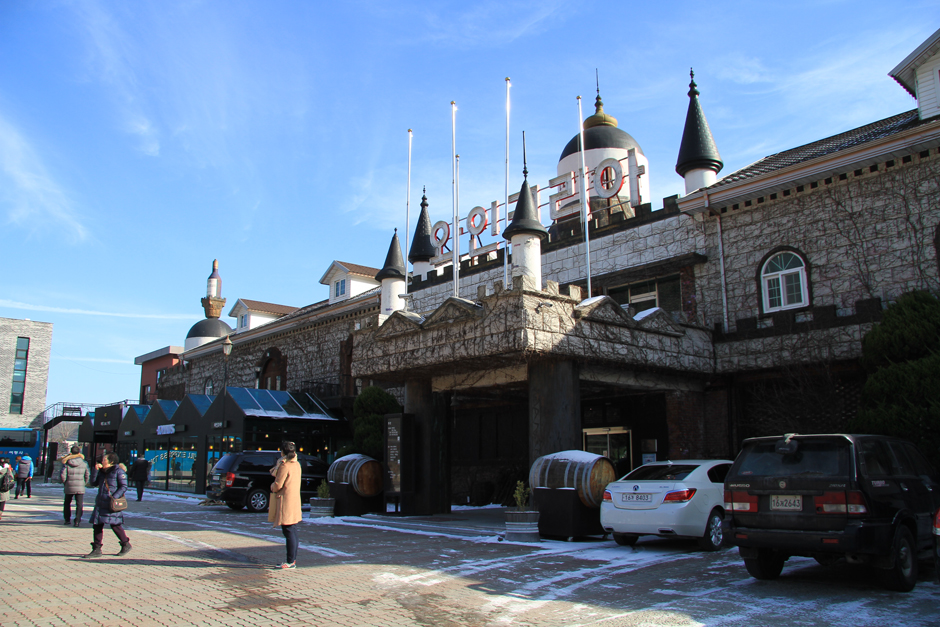
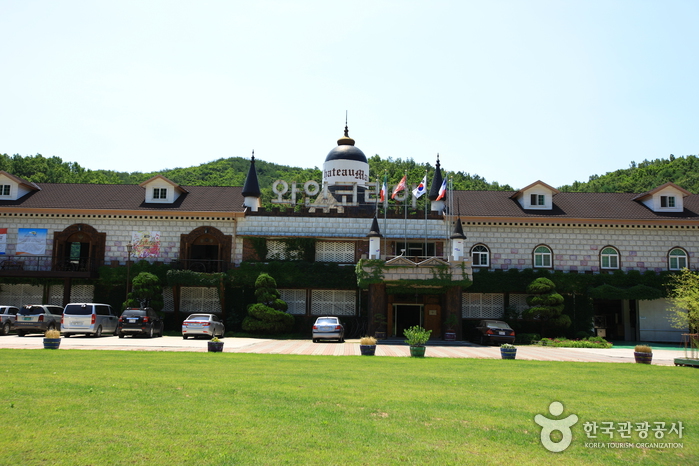
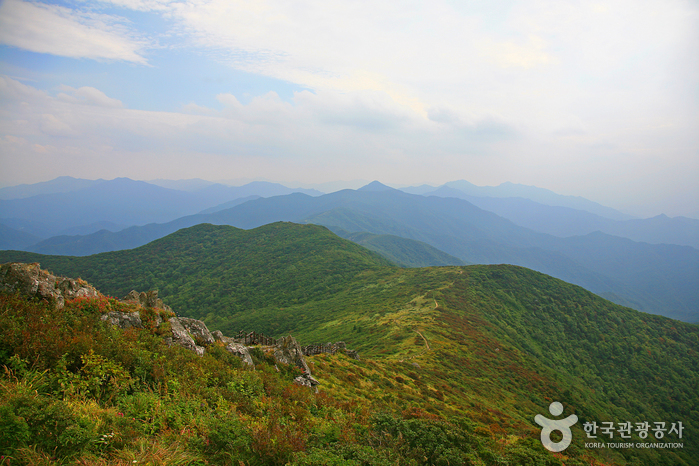
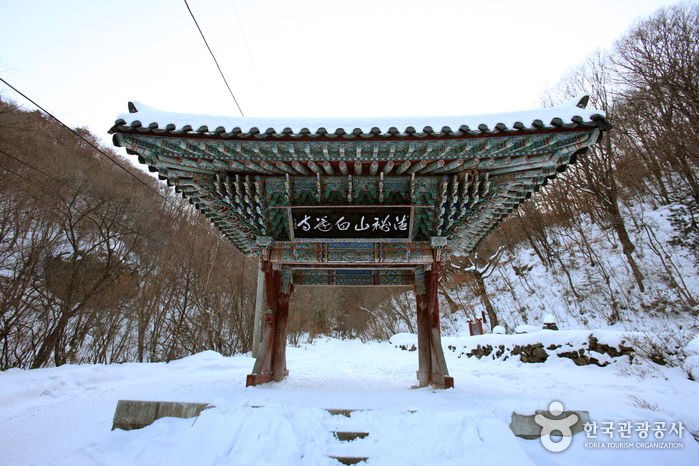
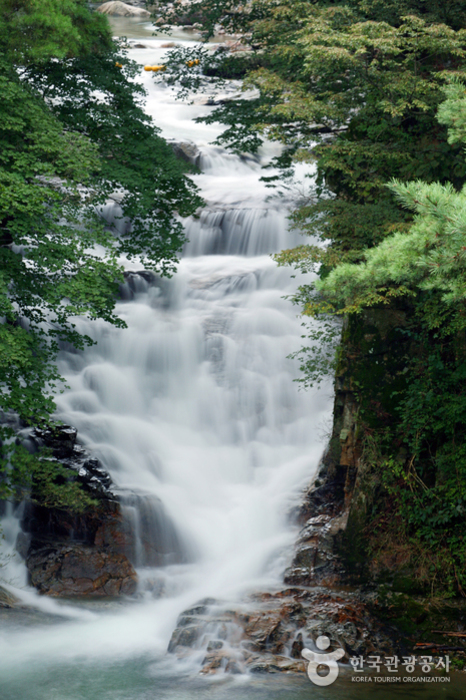
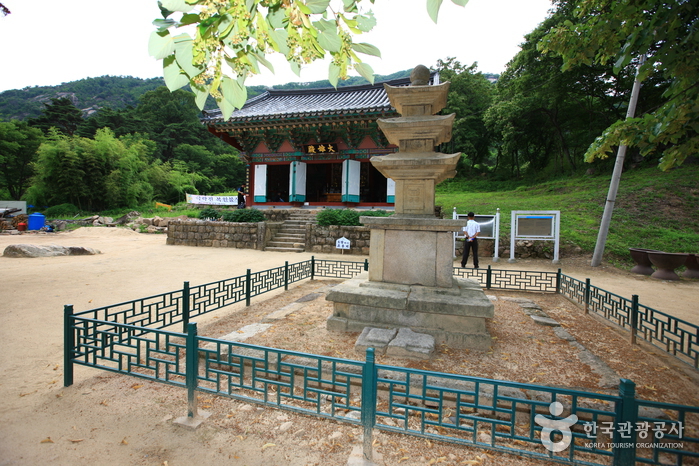
 English
English
 한국어
한국어 日本語
日本語 中文(简体)
中文(简体) Deutsch
Deutsch Français
Français Español
Español Русский
Русский